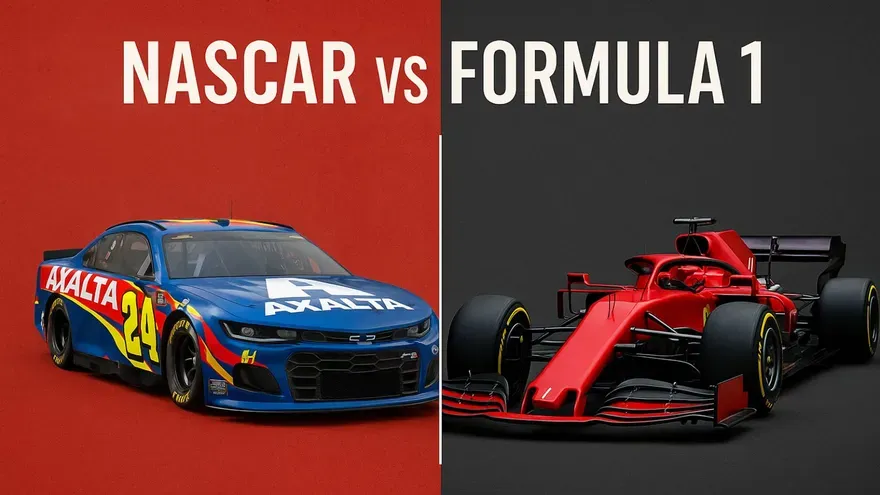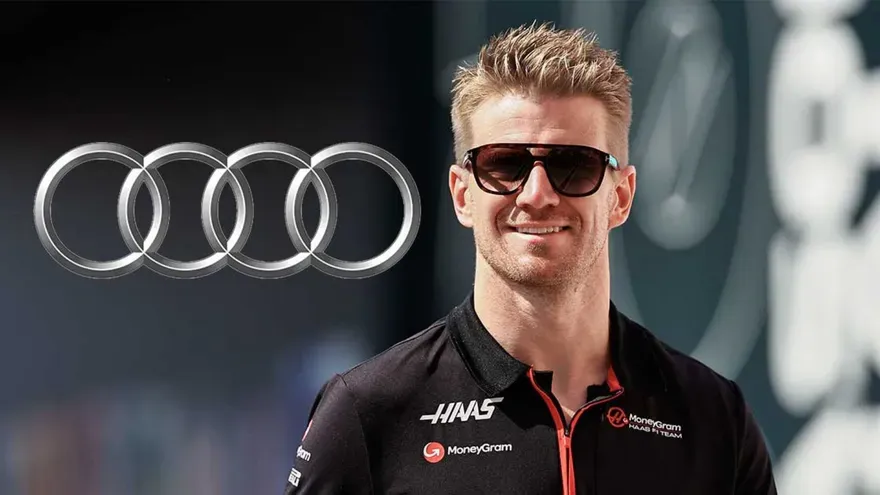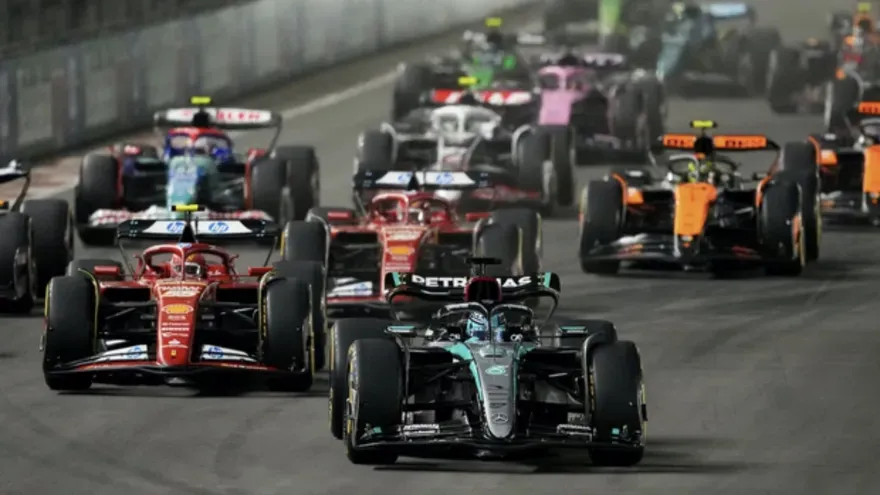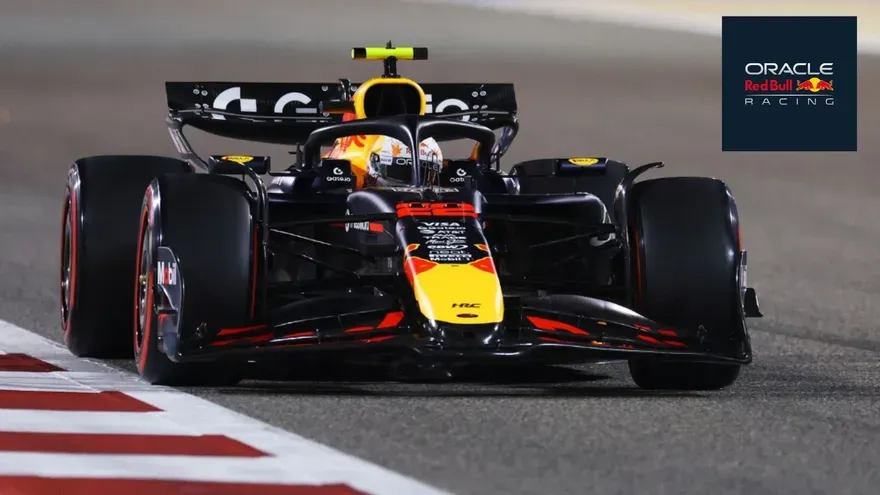Formula 1 racing cars are the pioneer of craftsmanship, engineering, and innovation. These track-focused machines have undergone several changes according to the principles of racing’s different generations. However, the basic necessity to call a car is the steering wheel, four tires, brakes, and engine. We have already covered the brakes, engine as well as suspension of F1 cars. But what about the clutch and a gearbox? Are they modded with automatic or manual?
Well, to answer these questions before we must know about the positioning of the gearbox inside the Formula 1 cars. If you ever look at modern Formula 1 racing cars, the driver sits in the front whereas the engine is behind the driver bolted under the engine cover. Behind the rear end of the engine is the gearbox fitted to the power unit impaired with the chassis. Unlike other road cars, these important parts are bolted behind the car with the rear suspension connected to the drivetrain.
The Phenomenon Of F1 Cars Clutch And Gearbox
Building upon the chassis, the clutch in modern F1 cars exists. This existence is somehow different from the normal road cars. These clutches are not operated by any use of pedals or controlled by any means of computer. But they are operated by the driver itself. The drivers have control of the modern F1 cars’ clutch that is integrated with a semi-automatic gearbox and is controlled by using paddle shifters.

This drastic innovation has ultimately changed the way of racing in the F1 world. With all-new paddle shifters now drivers can easily drive the cars with more focus and perform better with power and precision. These paddle shifters are positioned just behind the steering wheel so that they can reach the hands or fingers of drivers easily and are able to execute the command. They are responsible for changing gears while driving at high speed. But changing gears under a much stressed environment is not an easy process even if the gearbox would have to be perfect for giving perfect shifts of gears. Well, let us review the F1 gearbox and how it works.
How F1 Gearbox Works
The Formula 1 car is encapsulated to use a highly automated sequential semi-automatic gearbox that is made up of aluminum alloys and cast iron. They are induced to perform smooth sequential shifting by using a paddle shifter attached to the steering wheel of a F1 car. According to the FIA's new regulations, an F1 car can have one reverse gear with 8 forward gears coupled with rear-wheel-drive as a drivetrain. This overall array of gearbox mechanisms is caged under carbon titanium material that can withstand high temperatures as heat would generally dissipate during racing.
Inside the transmission system comes a fair play of complexity and precision. The whole transmission of F1 cars lies within the craftsmanship you may refer to as the beauty of semi-automated gearboxes. When a driver tends to change the gear they undergo not so-called gear-shifting but more than you ever thought. In F1 technological aspects, the gearboxes perform seamless shifts. This shift is different from other gear shifts as when the driver shifts the gear during the race, both the incoming and outgoing gears are engaged together.

When these gears are brought up together the highly activated actuators and solenoids electronically manage the handover of power gear ratio and the final changes take place without maximum energy loss. This gear change is executed by the paddle shifters attached to the steering wheel. One shift is for upshifting and the other for downshifting. Beside these components also rests a clutch lever that is used to launch the car into first gear from neutral.
Well, it seems it is much more complex than ever thought. Technology has improved the modern era of F1 racing and they are still creating a new definition of engineering and innovations. These hybrid gearboxes or transmissions have pushed the F1 cars beyond the limits and have improved the efficiency of modern automatic transmission systems.















